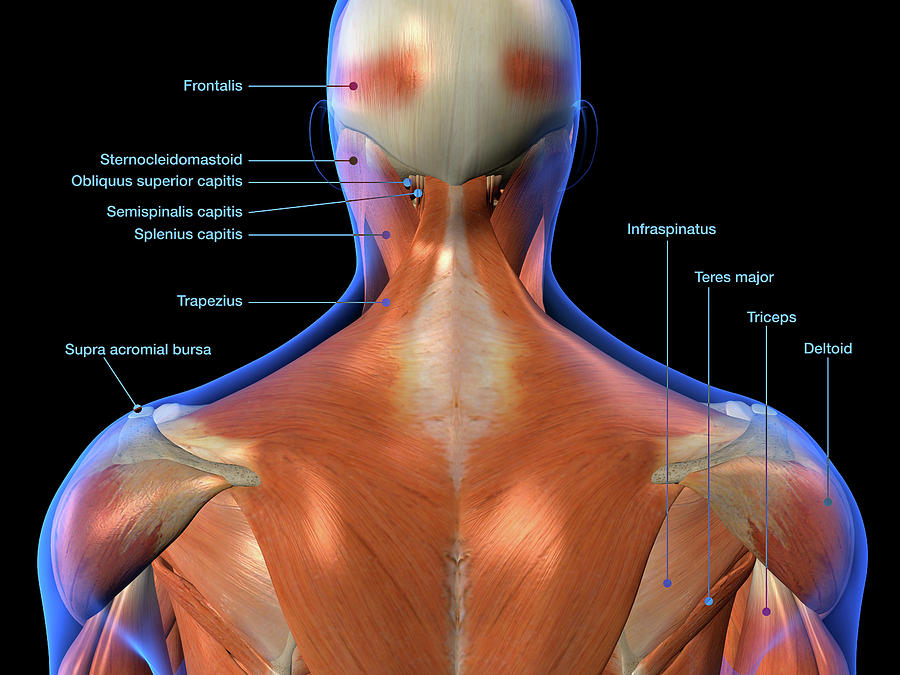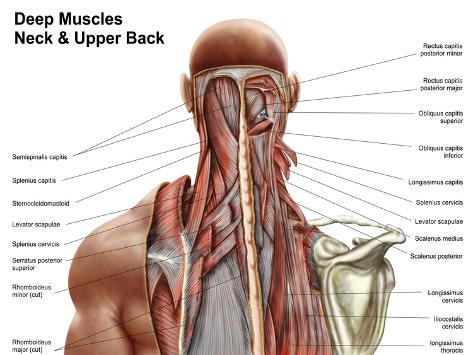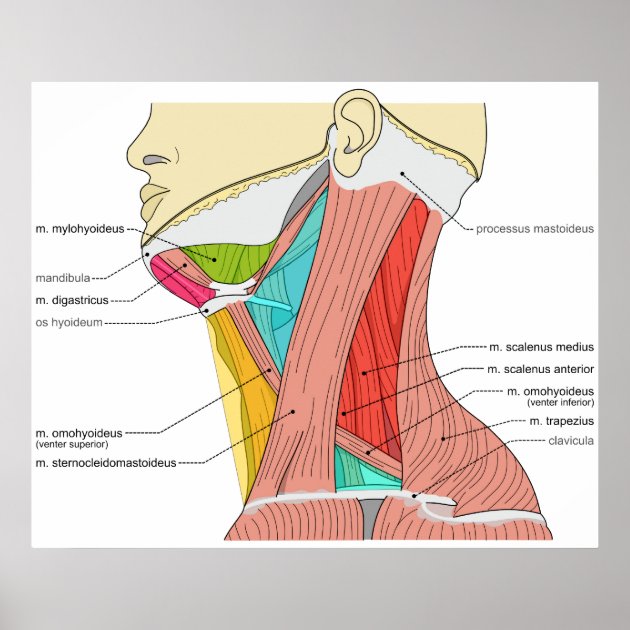

From here, more muscles contract to pass the food out of the body as stool. The digested food moves from the stomach to the intestines by peristalsis. The upper muscle in the stomach relaxes to allow food to enter, while the lower muscles mix food particles with stomach acid and enzymes. Muscles in the walls of the hollow organs contract and relax to cause this movement, which pushes food through the esophagus into the stomach. The GI tract stretches from the mouth to the anus.įood moves through the digestive system with a wave-like motion called peristalsis. Smooth muscles in the gastrointestinal or GI tract control digestion. Share on Pinterest The muscular system allows for movement within the body, for example, during digestion or urination. When someone wants to breath more deeply, it requires help from other muscles, including those in the abdomen, back, and neck. When the diaphragm muscle relaxes, it pushes air out of the lungs. When the diaphragm contracts, it pushes downward, causing the chest cavity to get bigger. The diaphragm is a dome-shaped muscle located below the lungs. Respirationīreathing involves the use of the diaphragm muscle. They expand to increase blood flow during times of intense exercise when the body requires more oxygen. These muscles maintain blood pressure and circulation in the event of blood loss or dehydration. Smooth muscle in the arteries and veins plays a further role in the circulation of blood around the body. The movement of the heart is outside of conscious control, and it contracts automatically when stimulated by electrical signals. The heart is a muscle that pumps blood throughout the body. Long-term, bad posture leads to joint and muscle pain in the shoulders, back, neck, and elsewhere. Stiff, weak, or tight muscles contribute to poor posture and misalignment of the body. Good posture relies on strong, flexible muscles. Skeletal muscles help keep the body in the correct position when someone is sitting or standing.

The core muscles are those in the abdomen, back, and pelvis, and they also stabilize the body and assist in tasks, such as lifting weights. Muscle tendons in the knee joint and the shoulder joint are crucial in stabilization. Muscle tendons stretch over joints and contribute to joint stability. However, some movements are reflexive, such as withdrawing a hand from a source of heat. Most muscle movement of the body is under conscious control. The smaller skeletal muscles are usually responsible for this type of action. Gross movement refers to large, coordinated motions and includes:įine movement involves smaller movements, such as: When muscles contract, they contribute to gross and fine movement. The muscular system’s main function is to allow movement. The main functions of the muscular system are as follows: 1. This type of muscle is strong and acts involuntarily.Įleven main functions of the muscular system Signals from the nervous system control the rate of contraction. Cardiac muscle stimulates its own contractions that form our heartbeat.

Located only in the heart, cardiac muscle pumps blood around the body. Smooth muscle acts involuntarily and cannot be consciously controlled. It is the weakest type of muscle but has an essential role in moving food along the digestive tract and maintaining blood circulation through the blood vessels. Smooth muscle lines the inside of blood vessels and organs, such as the stomach, and is also known as visceral muscle. Examples of such activities include running, chewing, and writing. They are attached to bones, and contracting the muscles causes movement of those bones.Īny action that a person consciously undertakes involves the use of skeletal muscles. Skeletal muscles are the only muscles that can be consciously controlled. There are 3 types of muscles in the body: The muscular system contains more than 600 muscles that work together to enable the full functioning of the body. Share on Pinterest The muscles account for around 40 percent of a person’s weight with the largest muscle in the body being the gluteus maximus in the buttocks.


 0 kommentar(er)
0 kommentar(er)
